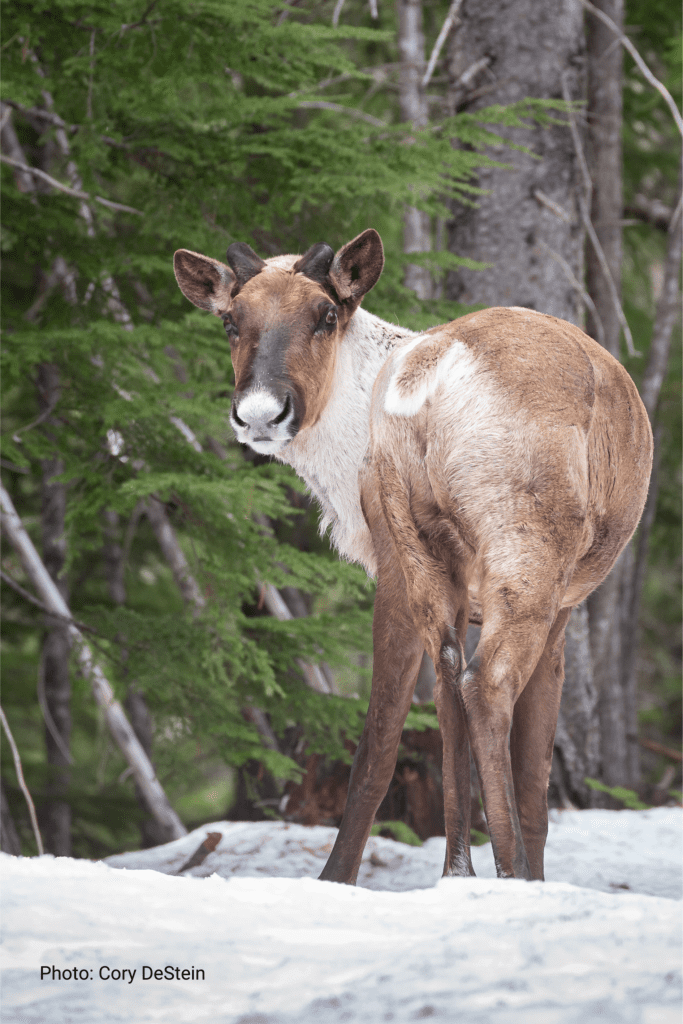Caribou Conservation in Crisis: Watchdogs Slam Environment Canada's Decade-Long Inaction

In the traditional territories of səl̓ílwətaʔɬ (Tsleil-Waututh), xʷməθkwəy̓əm (Musqueam), and Skwxwú7mesh (Squamish) peoples, environmental advocates are sounding the alarm for British Columbia's endangered caribou populations.
Urgent calls are mounting for the Canadian government to take immediate action to prevent the regional extinction of these iconic wildlife herds. At the forefront of this critical conservation effort is a fundamental yet long-overdue step: comprehensive mapping of caribou critical habitat.
Leading environmental organizations, including Ecojustice, Wildsight, and the Wilderness Committee, are pushing for comprehensive protection strategies. Their legal team is demanding swift intervention to safeguard these vulnerable species, highlighting that crucial habitat mapping has been neglected for over a decade.
The plea underscores the pressing need for proactive wildlife conservation, emphasizing that time is running out for British Columbia's caribou populations. Without immediate and strategic action, these majestic animals face the very real threat of disappearing from their traditional ranges.
Environmental experts argue that habitat mapping is the critical first step in developing effective preservation strategies, providing a scientific foundation for targeted conservation efforts that can help these herds survive and potentially recover.
